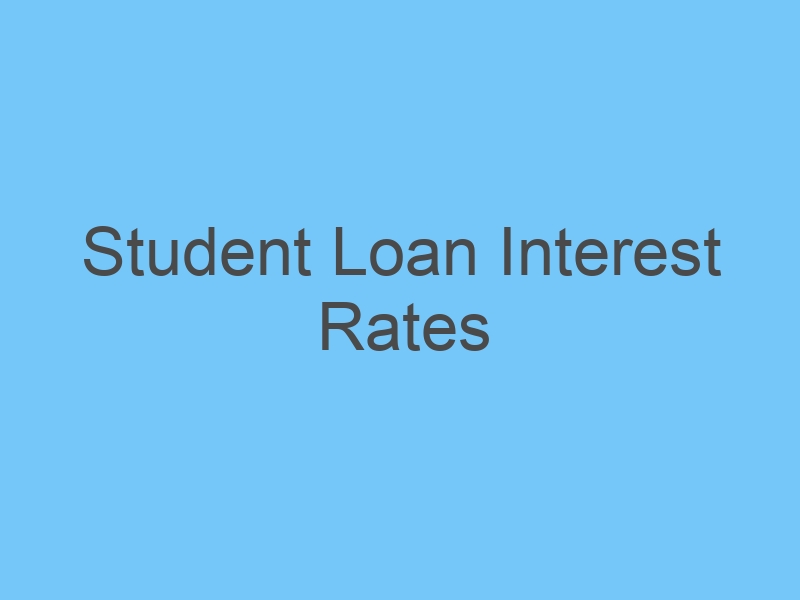
Student Loan Interest Rates
Student loan interest rates can vary based on the type of loan, the lender, and prevailing market conditions. Here’s an overview of the different types of student loans and their typical interest rates:
Federal Student Loans:
- Direct Subsidized Loans (Undergraduate Students): For loans disbursed between July 1, 2021, and June 30, 2022, the interest rate is fixed at 3.73%. These loans do not accrue interest while you’re in school or during deferment periods.
- Direct Unsubsidized Loans (Undergraduate Students): For loans disbursed between July 1, 2021, and June 30, 2022, the interest rate is fixed at 3.73%. Unlike subsidized loans, interest accrues on unsubsidized loans while you’re in school.
- Direct Unsubsidized Loans (Graduate and Professional Students): For loans disbursed between July 1, 2021, and June 30, 2022, the interest rate is fixed at 5.28%. Interest accrues on unsubsidized loans while you’re in school.
- Direct PLUS Loans (Graduate and Parent Borrowers): For loans disbursed between July 1, 2021, and June 30, 2022, the interest rate is fixed at 6.28%.
Private Student Loans:
Private student loan interest rates vary widely based on the lender, the borrower’s creditworthiness, and other factors. Interest rates for private loans are typically either fixed or variable.
- Fixed Interest Rates: Fixed interest rates remain constant over the life of the loan. These rates are determined by the lender and can vary based on market conditions and the borrower’s credit profile.
- Variable Interest Rates: Variable interest rates are tied to a benchmark interest rate, such as the Prime Rate or the LIBOR. These rates can change over time as the benchmark rate fluctuates.
It’s important to note that these interest rates are subject to change and can vary depending on the academic year and other factors. Additionally, some federal loans have interest rates that are set by law and may change annually based on prevailing rates.
When considering student loans, it’s crucial to understand the interest rates, repayment terms, and total cost of borrowing. Lower interest rates can significantly reduce the overall cost of your loans, so it’s advisable to shop around, compare offers from different lenders, and choose the loan option that best fits your financial situation and goals.

Dr Clara Lee is specializes in aesthetic/cosmetic plastic surgery of the face, nose, breast and body, and is considered one of the best facial plastic surgeons in the world. MD, FACS, is highly qualified and experienced in the field of plastic surgery and aesthetic care and has performed over 10,000 surgical procedures.
About
Dr. Clara Lee couples his outstanding professional credentials and ethics with a personalized approach to patient care and a keen eye for aesthetic beauty.
Specialties: plastic surgeon, plastic surgery
by Clara Lee
Reviewed by Clara Lee
approved by Dr Clara Lee
Leave a Reply